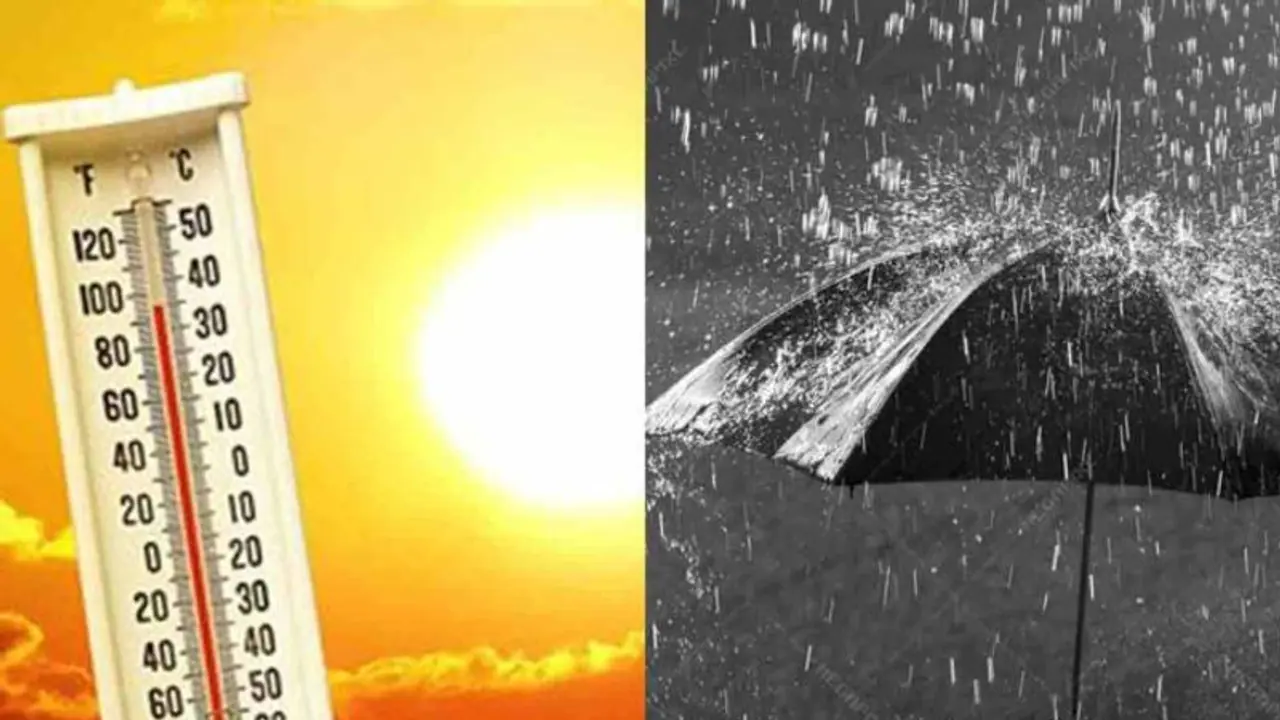The IMD has predicted rainfall in 8 districts in Kerala in the next five days, that is April 1 to April 5. At the same time, a yellow alert has been sounded in some districts due to the rise in temperatures.
Thiruvananthapuram: According to the latest notification from the India Meteorological Department (IMD), there is a possibility of light rain in 8 districts in the next five days. The IMD predicted that light rain is expected in the next 5 days in districts including Thrissur, Ernakulam, Alappuzha, Idukki, Kottayam, Kollam, Pathanamthitta and Thiruvananthapuram till April 3.

On April 4, Thiruvananthapuram, Kollam, Kottayam and Pathanamthitta districts are likely to receive rainfall while on April 5, Alappuzha and Kottayam districts are expected to receive rainfall.
Meanwhile, a high-temperature warning has also been issued in the state. IMD has announced a yellow alert. From April 1 to April 5, the highest temperature in Kollam and Palakkad districts will be up to 39 degrees, in Alappuzha, Pathanamthitta, Kottayam, Thrissur, Kozhikode and Kannur districts, the highest temperature will be up to 37 degrees, and in Thiruvananthapuram, Ernakulam, Malappuram and Kasaragod districts, the highest temperature will be up to 36 degrees. Unsettled weather is also likely in these districts, except in the hilly areas, due to high temperatures and humid air.
Many families were forced to evacuate their homes on Sunday as seawater rushed into the residences in the districts of Thiruvananthapuram, Kollam, Alappuzha, and Thrissur. According to officials, residents of the impacted areas were moved to relief camps on Sunday night. Experts indicated that the huge tidal waves along Kerala's coast were caused by a phenomenon known as "Kalla Kadal."
Fishermen refer to the exceptional occurrence of big swell waves during favourable weather conditions as "Kalla Kadal." Weather specialists claim that storms from as far away as the Antarctic region can cause the occurrence. Remote forcing occurs when a swell comes into contact with a coastal current after travelling thousands of miles across the ocean basin.
